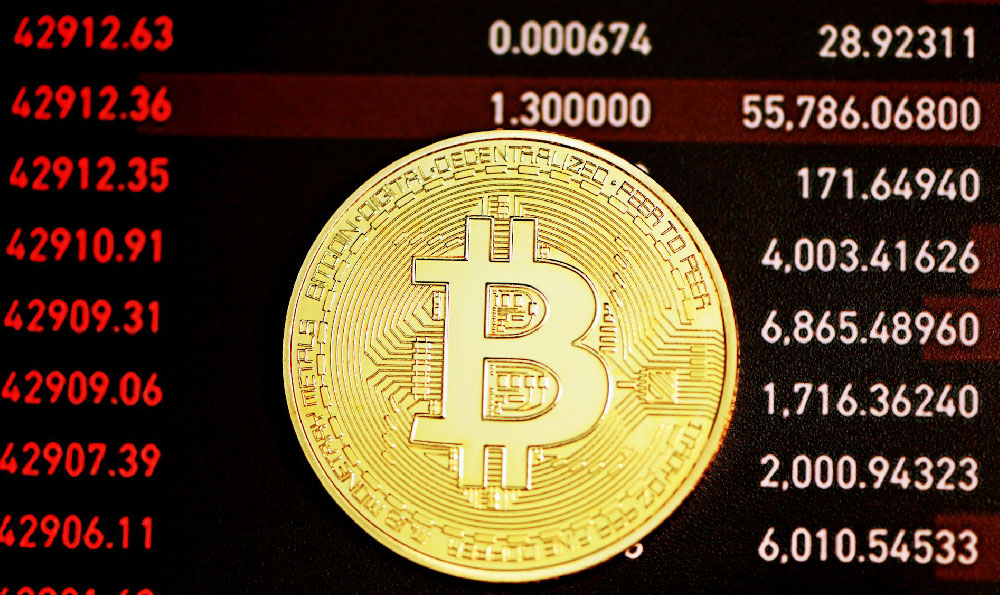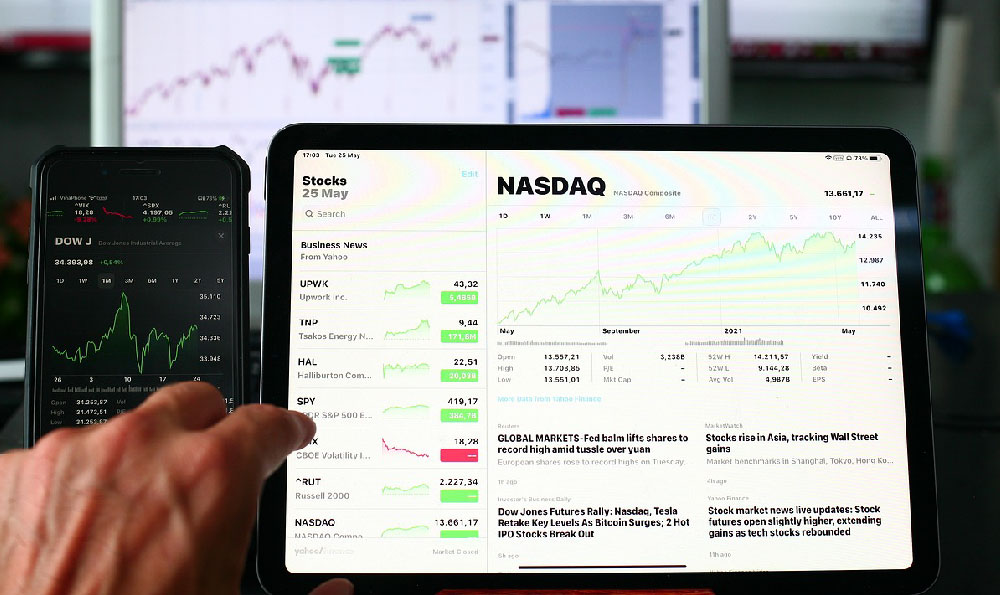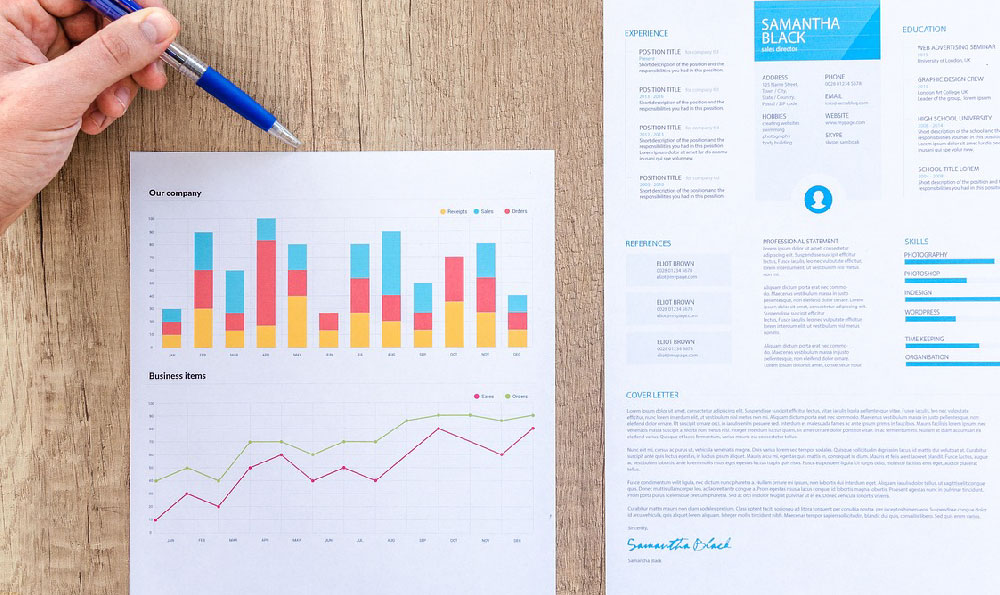
The allure of flexible work and the promise of immediate income have drawn many to the world of gig economy, with Uber Eats being a prominent player. Understanding the earning potential of Uber Eats drivers is crucial for anyone considering this as a viable source of income, whether as a full-time job or a side hustle. However, painting a clear picture of potential earnings requires delving into several factors that significantly impact a driver's take-home pay.
One of the most significant determinants of an Uber Eats driver's income is location. Metropolitan areas with high population density and a thriving restaurant scene generally offer more opportunities for deliveries. Cities like New York, Los Angeles, or Chicago often boast higher demand for Uber Eats services compared to smaller towns or rural areas. Consequently, drivers in these bustling urban centers typically experience a greater volume of orders, translating to higher potential earnings. Conversely, in areas with lower population density, drivers might face longer wait times between orders and fewer opportunities to maximize their hourly income.
Beyond geographical location, the time of day and day of the week heavily influence earning potential. Peak hours, such as lunch and dinner rushes, consistently see a surge in demand for food delivery services. Drivers who strategically focus their efforts during these periods are likely to earn significantly more than those who work during off-peak hours. Weekends, especially Friday and Saturday evenings, are usually the most lucrative times for Uber Eats drivers. This is because more people are likely to order takeout or delivery when they are relaxing at home or socializing with friends and family. Smart drivers meticulously track these peak times in their area to optimize their schedules and maximize their earnings.

Uber Eats utilizes a complex algorithm to calculate pay for each delivery, taking into account factors such as the base fare, distance traveled, and any applicable promotions or surge pricing. Surge pricing, also known as "boost" or "multiplier," occurs during periods of high demand when Uber Eats needs to incentivize more drivers to get on the road. During these surges, drivers can earn significantly more per delivery, potentially doubling or even tripling their usual fare. Understanding how surge pricing works and strategically positioning oneself in areas with high demand can be a game-changer for maximizing earnings.
Another factor that directly impacts a driver's earnings is their efficiency and ability to complete deliveries quickly and effectively. Drivers who are familiar with their local area, know the fastest routes, and possess excellent navigational skills can complete more deliveries in a shorter amount of time. Efficient drivers also excel at managing their time effectively, minimizing downtime between orders and maximizing their productive hours. Furthermore, maintaining a high acceptance rate for delivery requests can also positively impact earnings, as Uber Eats may prioritize drivers who consistently accept orders.
Operating costs also play a vital role in determining a driver's net income. Drivers are responsible for covering all expenses associated with operating their vehicle, including fuel, maintenance, insurance, and depreciation. Fuel costs can fluctuate significantly depending on gas prices and the type of vehicle being used. Maintenance costs, such as oil changes, tire rotations, and repairs, can also add up over time. Insurance is another significant expense, as drivers are required to maintain adequate coverage to protect themselves in the event of an accident. Furthermore, the depreciation of the vehicle's value over time is a crucial factor to consider when calculating overall expenses.
Understanding the tax implications of working as an Uber Eats driver is essential for accurately assessing earning potential. As independent contractors, drivers are responsible for paying their own self-employment taxes, including Social Security and Medicare taxes. They are also responsible for paying income taxes on their earnings. However, drivers can also deduct certain business expenses, such as fuel costs, vehicle maintenance, and insurance premiums, to reduce their taxable income. Keeping accurate records of all income and expenses is crucial for accurately filing taxes and minimizing tax liability. Consulting with a tax professional can provide valuable guidance and ensure compliance with all applicable tax laws.
Beyond the financial aspects, it's important to acknowledge the non-monetary considerations associated with being an Uber Eats driver. The flexibility of setting one's own hours and being one's own boss can be highly appealing. However, the work can also be physically demanding, requiring long hours of driving and navigating busy streets. The job can also be unpredictable, with earnings fluctuating depending on demand and other factors. Furthermore, drivers may encounter challenging customers or deal with unexpected delays, which can add stress to the job. Therefore, individuals considering becoming Uber Eats drivers should carefully weigh the pros and cons before making a decision.
Finally, considering strategies to increase earnings over time is essential for maximizing the long-term potential of working as an Uber Eats driver. This could involve focusing on deliveries during peak hours and surge pricing periods, optimizing routes to minimize travel time, maintaining a high acceptance rate, and providing excellent customer service to earn positive ratings and tips. Building relationships with local restaurants and understanding their peak ordering times can also provide a competitive advantage. Continuously analyzing performance data and identifying areas for improvement can lead to increased efficiency and higher earnings over time. Furthermore, exploring opportunities to expand into other delivery platforms or offering additional services, such as grocery delivery, can diversify income streams and increase overall earning potential.
In conclusion, while the earning potential for Uber Eats drivers can vary significantly depending on a multitude of factors, a strategic approach, coupled with a thorough understanding of the dynamics of the market and meticulous financial management, can lead to a sustainable and rewarding source of income. The key lies in adapting to the ever-changing landscape of the gig economy, optimizing performance, and consistently striving to improve efficiency and customer satisfaction.





